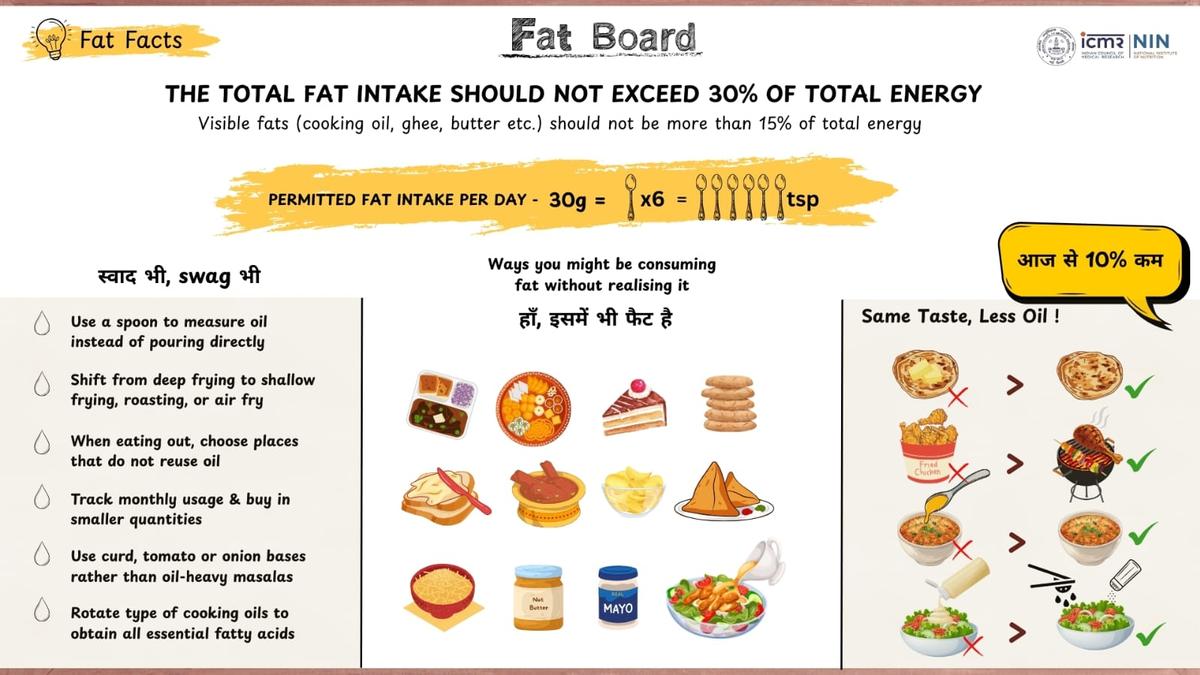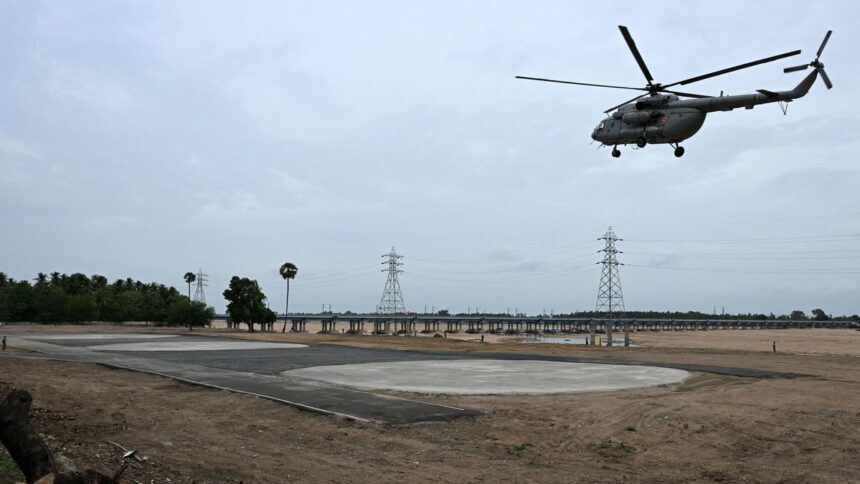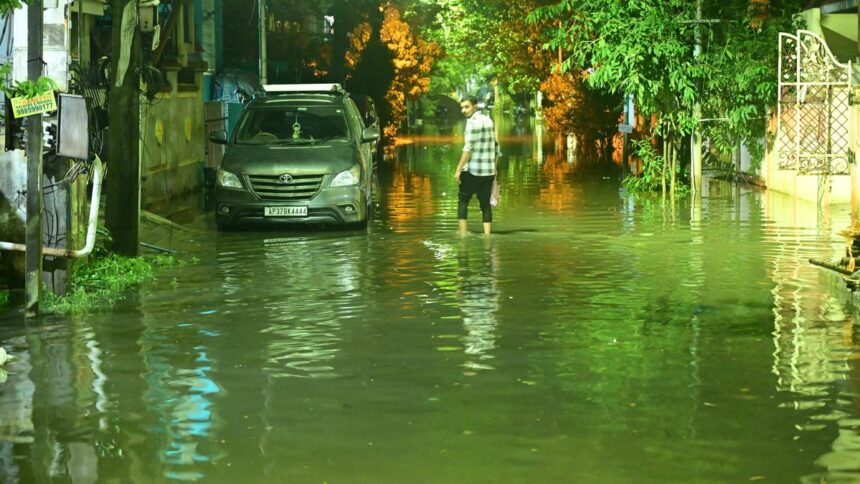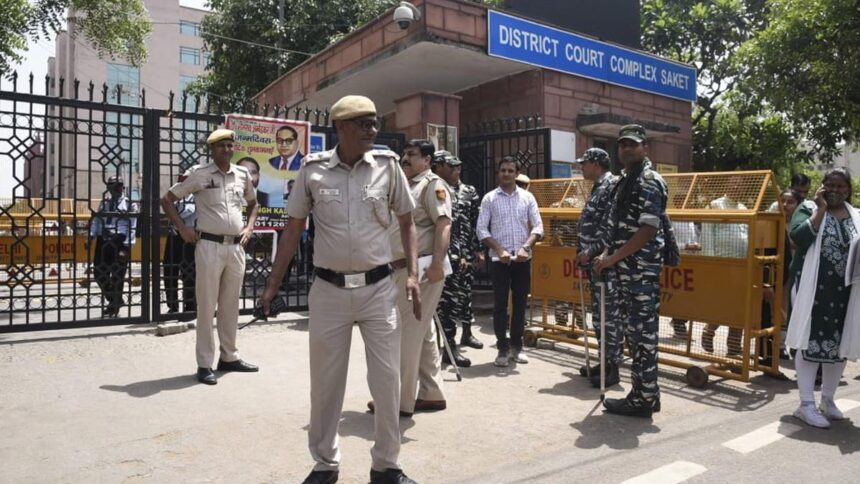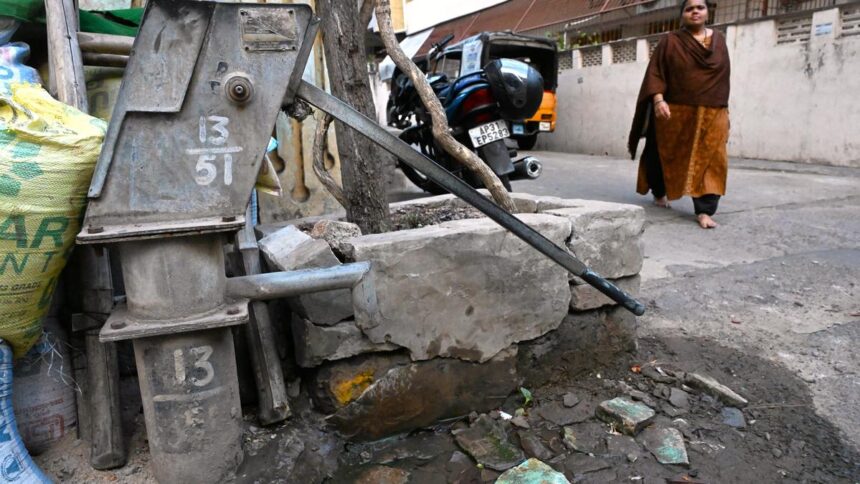
Model boards by Indian Council of Medical Research–National Institute of Nutrition (ICMR–NIN), on the ideal amount of total fat intake.
| Photo Credit: BY ARRANGEMENT
The Ministry of Health and Family Welfare has directed all Central and State government offices to prominently display ‘Sugar and Fat Boards’, visual guides that reveal the sugar and fat content of food items sold within office premises, alongside recommended daily intake levels.
The move, backed by the Indian Council of Medical Research–National Institute of Nutrition (ICMR–NIN), is intended as a behavioural nudge to promote healthier eating habits among government employees and visitors.
“These boards will act as visual cues in public spaces, encouraging people to think before they eat. A person who might have casually eaten three samosas may stop at one after reading the fat content,” said a scientist at ICMR–NIN, which has developed model template for these boards.

Schools to sarkari canteens
The concept was first piloted in schools under CBSE and ICSE, where students were introduced to nutritional displays to raise awareness of sugar and fat intake. With the new directive, this practice is being extended to thousands of government offices across the country.

According to the model boards released by ICMR-NIN, the maximum permissible sugar intake is capped at 25 grams per day, which equals about five teaspoons and the recommended daily limit for visible fat intake (from oil, ghee, butter, etc.) should be restricted to 30 grams per day, equivalent to six teaspoons.
Ground reality
At 6 p.m. outside a ‘Haryana Samosa Stall’ in Hyderabad’s Secunderabad area, the daily reality drives home the importance of the health advisories. One man fries samosas in a large black pan over an open flame while another packs them hot for ₹15 per piece.
“We use about five litres of oil to make 400 samosas in two days. Once all that oil is soaked up, we start with a fresh batch,” said the vendor. A back of the envelope calculation shows each samosa will have 11.3 gm oil. However, at the shop there is no mention of nutritional content, sugar, or fat, only the irresistible aroma of deep-fried indulgence.
Across the country, snacks like samosas, jalebis, and vadas are staple offerings, not just at roadside stalls, but in government offices too.
A much-needed wake-up call
Medical professionals have praised the government’s push to introduce transparency in public food consumption. “This is a commendable move. People have no idea how much sugar or fat they are consuming in daily snacks. With visible boards, they will be more aware of what they’re putting into their bodies,” said Kiran Madala, a member of the Indian Medical Association (IMA), Telangana branch.
“Reused cooking oil leads to the formation of trans fats. These fats significantly increase the risk of cardiovascular disease,” he warned.
Trans fats and sugary perils
President of the Cardiological Society of India’s Telangana chapter, Gokul Reddy, called the advisory both timely and essential. “The biggest enemies for Indians today are simple sugars and trans fats. These are the silent culprits behind obesity, heart disease, and diabetes. And they are everywhere, in your daily jalebi, your evening samosa,” said Dr Reddy, who practices at Apollo Hospitals, Hyderabad.
He added that countries like the U.S. have regulated or banned trans fats, while in India they remain freely available, particularly through unregulated street food. “Such nutritional boards could be the first step in making people rethink their food choices,” he said.
Published – July 15, 2025 11:17 am IST







